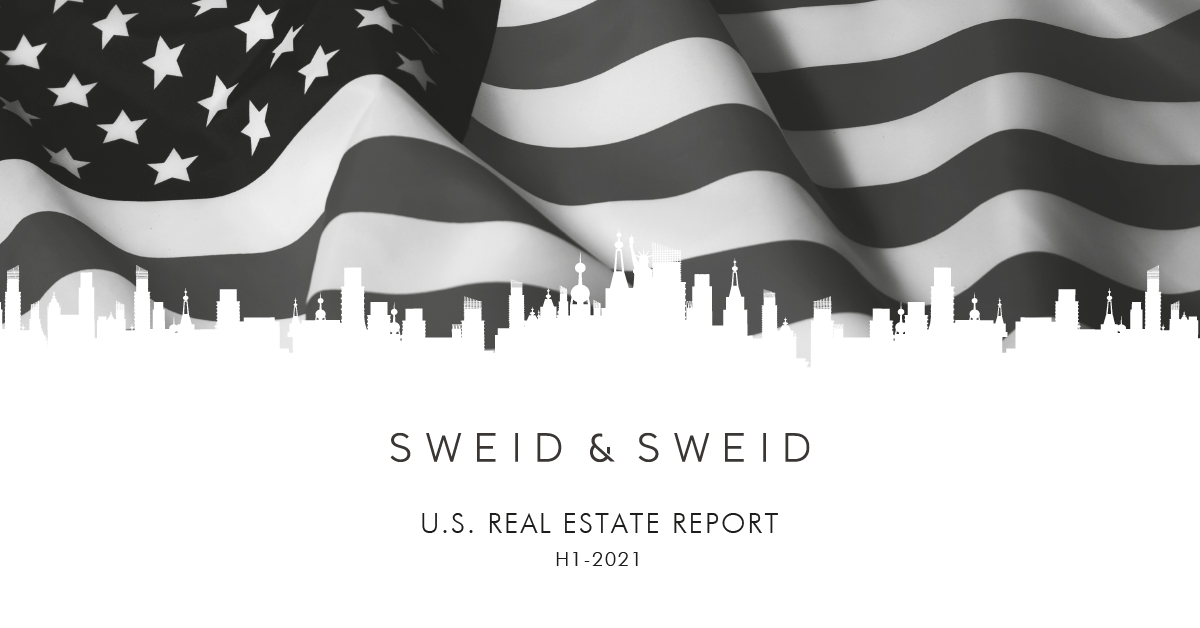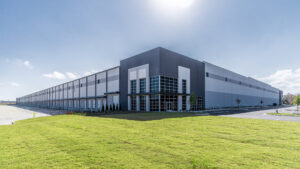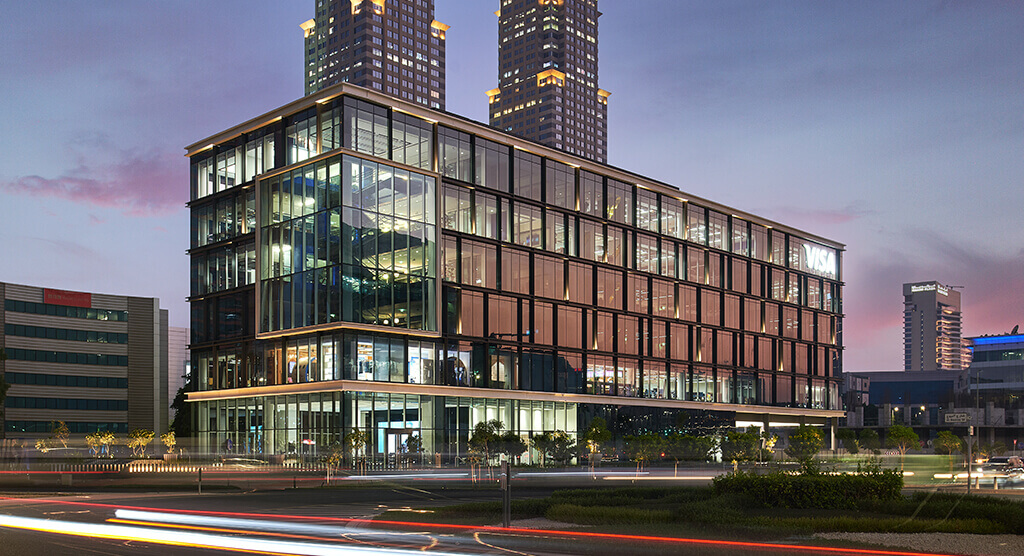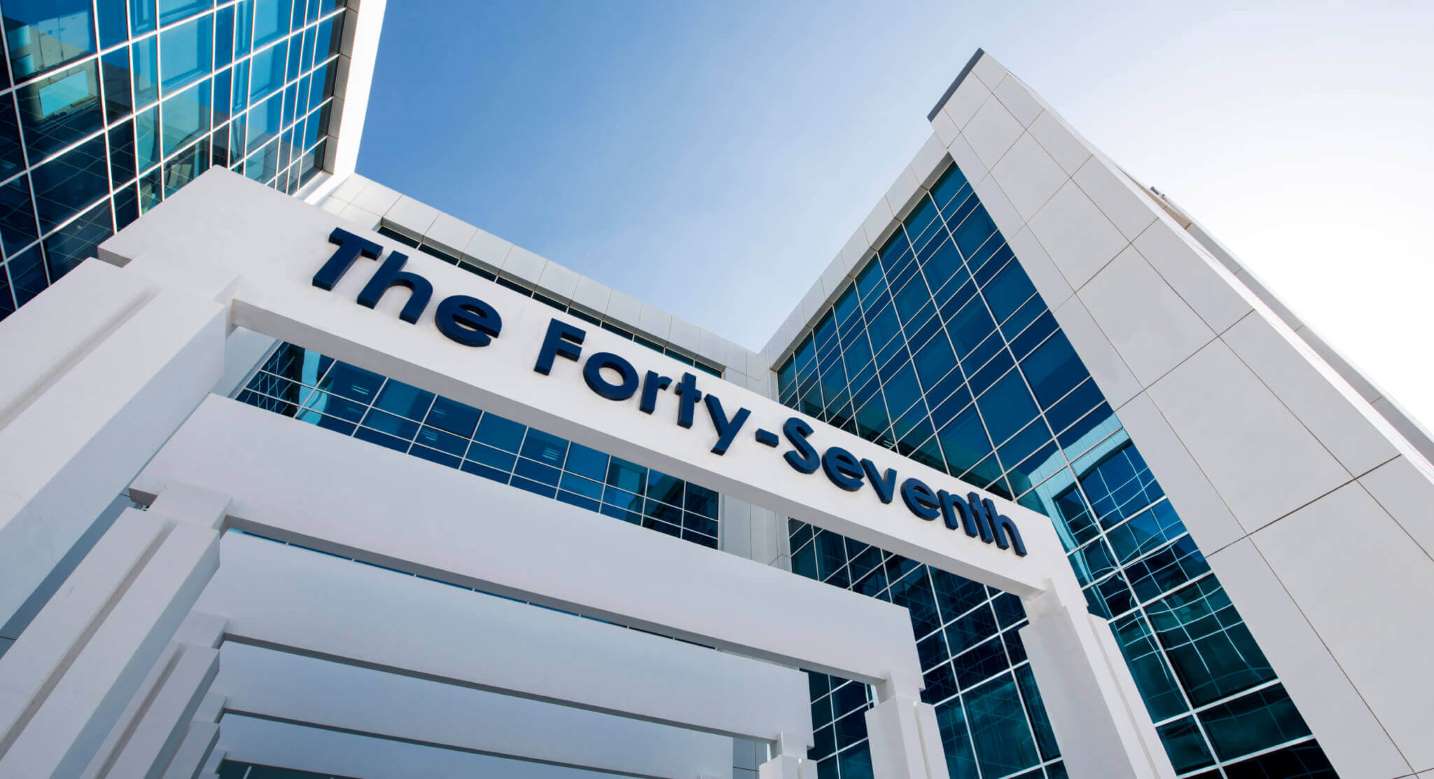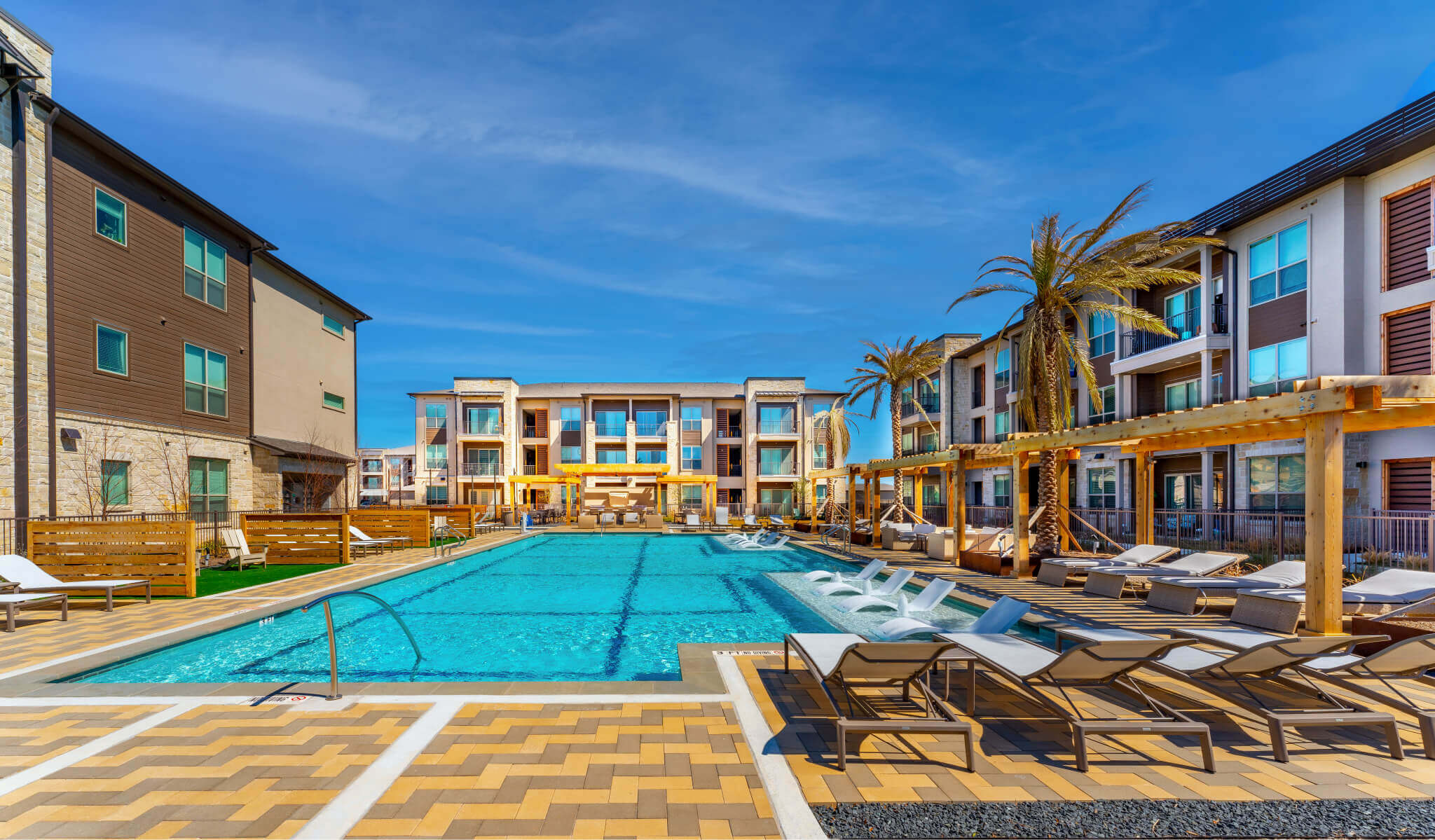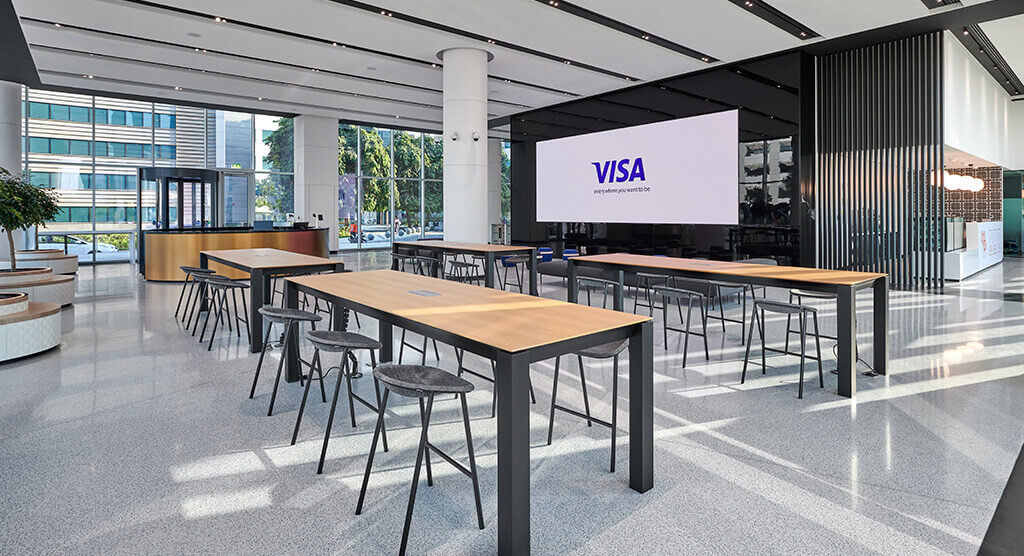Sweid & Sweid has published its inaugural U.S. market research report, providing an overview of the economy and impact of COVID-19 on the real estate markets, with a focus on the performance of the multifamily asset class.
Maher Sweid, Managing Partner, explained that the report provides comprehensive information – generated from in depth analysis by the Sweid & Sweid team as well as on-the-ground insight gained from investing and managing assets as an active participant in the markets covered. “It is with great pleasure that we launch our inaugural U.S. market report,” Sweid wrote in a note to investors and colleagues. “As we continue our expansion into the U.S., we actively track various components affecting investment opportunities through our local experience and interactions. This report provides insight into the world’s largest economy and its dynamic real estate market, further uncovering the incredible potential we believe the U.S. market has to offer.”
Significant findings
The report uncovers details relating to the broader U.S. economy, as well as some significant findings within the real estate markets and multifamily asset class specifically. Some of the most notable data and information provided within the report includes:
- 74% of all jobs lost due to COVID-19 have been recovered.
- Economy is still on track for the best calendar year since 1984.
- Following a steady economic rebound in H1 2021, U.S. GDP is forecast to grow by 6.7% in 2021.
- Cheap debt continues to support debt-fuelled spending.
- Federal Reserve officials see the current rise in inflation as temporary and not likely to influence economic policy.
The report also reveals the impact and subsequent recovery within the real estate market due to COVID-19, which has swept across the U.S., infecting more than 38.5 million.
- Multifamily & Industrial, along with certain alternative sectors including life sciences, cold storage, and data centers, have thrived in the COVID era, while sectors such as office, retail, and hotels have suffered.
- Multifamily rents have soared beyond pre-pandemic levels.
- The U.S. faces a shortage of four million homes as builders struggle to meet exploding demand, resulting in a 2% increase in typical home prices since June 2020.
- More Americans are migrating to Sun Belt cities such as Austin, Dallas, Phoenix, Nashville, etc., seeking a better quality of life and lower cost of living.
Multifamily remains the leading asset class
The report finds that the multifamily asset class remains the preference for both domestic and international investment, while ‘dry powder’ – a term used to describe unallocated on-hand capital awaiting investment, reached new highs of $216 billion. Transactions amounting to more than $138 billion were witnessed in the multifamily asset class during 2020, meaning it was the most liquid and traded real estate asset class.
The report also provides an overview of Sweid & Sweid’s target markets of Austin, Dallas, and Phoenix.
Sweid & Sweid entered the U.S. real estate market in 2019, when construction on its first multifamily residential development, The Haywood, commenced. The first apartments recently reached handover point at The Haywood, and a new project, Double Creek II, has already been announced. Both projects are located in Austin, Texas, which is currently one of the most dynamic and high-growth real estate markets in the U.S..
To access the H1-2021 U.S. Market Report, please contact: [email protected]


